Home>Gardening & Outdoor>Landscaping Ideas>How To Kill Carpet Grass
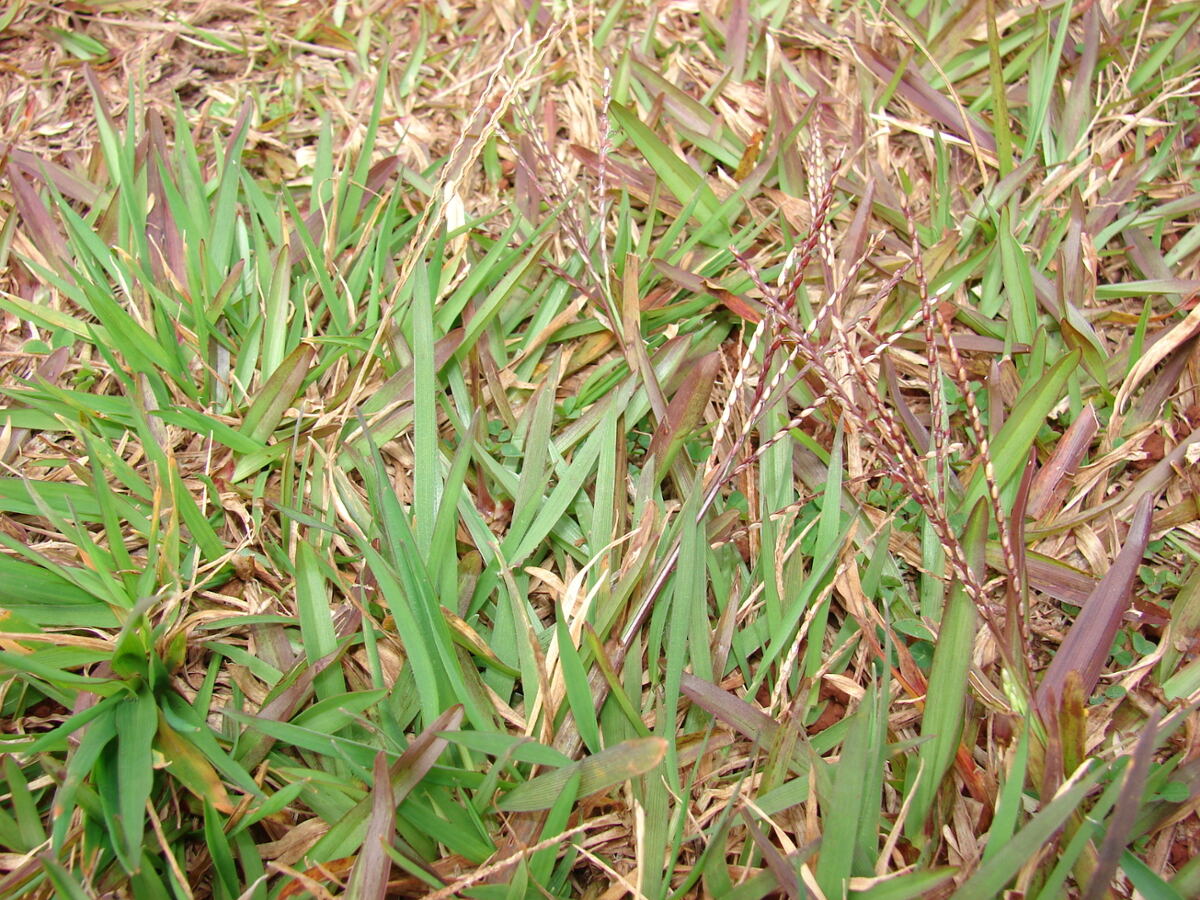

Landscaping Ideas
How To Kill Carpet Grass
Modified: October 19, 2024
Learn effective landscaping ideas to get rid of carpet grass and transform your lawn. Discover expert tips and techniques for killing carpet grass.
(Many of the links in this article redirect to a specific reviewed product. Your purchase of these products through affiliate links helps to generate commission for Storables.com, at no extra cost. Learn more)
Introduction
Welcome to the battle against carpet grass! Whether you’re a seasoned gardener or just starting out, dealing with unwanted carpet grass can be a frustrating and time-consuming task. However, armed with the right knowledge and techniques, you can effectively eliminate this invasive plant and reclaim the beauty of your landscape.
In this comprehensive guide, we will delve into the various methods for eradicating carpet grass from your lawn or garden. From understanding the nature of carpet grass to implementing manual and chemical control measures, we’ll cover everything you need to know to rid your outdoor space of this persistent intruder.
So, grab your gardening gloves and let’s dive into the world of carpet grass elimination!
Key Takeaways:
- Say goodbye to carpet grass by understanding its characteristics and using manual or chemical removal methods. Prevent re-growth with regular maintenance and proactive strategies for a lush, weed-free landscape.
- Combat carpet grass with manual removal or careful use of herbicides, then prevent re-infestation through vigilant maintenance and proper lawn care practices. Enjoy a vibrant, carpet grass-free outdoor space with proactive measures.
Read more: How To Kill Carpet Bugs
Understanding Carpet Grass
Before embarking on the mission to eliminate carpet grass, it’s essential to understand the nature of this resilient plant. Carpet grass, scientifically known as Axonopus affinis, is a warm-season perennial grass that is often considered a weed due to its invasive nature. It thrives in warm, humid climates and can quickly spread across lawns, flowerbeds, and other landscaped areas, outcompeting desirable plants and creating an unsightly, dense mat of grass.
Carpet grass is characterized by its low-growing, dense growth habit, which allows it to form a thick carpet-like layer that smothers surrounding vegetation. Its ability to spread via seeds and stolons, horizontal stems that root at the nodes, enables it to establish and proliferate rapidly, making it a formidable adversary for homeowners and gardeners.
One of the key challenges posed by carpet grass is its resilience in adverse conditions. It can thrive in both full sun and partial shade, and it exhibits a remarkable tolerance to poor soil quality, making it adaptable to a wide range of environments. Additionally, its vigorous growth and ability to withstand foot traffic further contribute to its tenacious presence in lawns and landscapes.
By gaining insight into the growth habits and adaptability of carpet grass, you can better strategize your approach to eradicating it from your outdoor space. In the following sections, we will explore effective methods for identifying and eliminating carpet grass, empowering you to reclaim the beauty and health of your lawn and garden.
Identifying Carpet Grass
Recognizing carpet grass is crucial for effective eradication. While it shares similarities with other grass species, certain characteristics can help you distinguish it from desirable turf and ornamental plants.
Carpet grass typically features broad, blunt-tipped leaf blades that form a dense, low-growing mat. The leaves are a vibrant green color and can reach lengths of 4 to 6 inches. Unlike some other grasses, carpet grass lacks prominent veining on its leaves, contributing to its distinct appearance.
When it comes to the seed heads, carpet grass produces spike-like inflorescences that emerge from the center of the plant. These seed heads are often accompanied by long, slender stems, adding to the plant’s overall density and mat-forming tendency.
Another key characteristic of carpet grass is its stoloniferous growth habit. Stolons, which are horizontal above-ground stems, enable the plant to spread rapidly, forming interconnected networks that contribute to its invasive nature. As these stolons root at the nodes, they facilitate the establishment of new carpet grass plants, further perpetuating its presence in the landscape.
While identifying carpet grass can be challenging, particularly when it’s intermingled with other vegetation, understanding its distinct features is essential for targeted removal and prevention strategies.
By familiarizing yourself with the unique traits of carpet grass, you can confidently differentiate it from desirable grasses and ornamental plants, allowing you to focus your eradication efforts effectively.
Manual Removal
When it comes to tackling carpet grass without resorting to chemical means, manual removal is a labor-intensive yet effective approach. This method is particularly suitable for smaller infestations and areas where chemical control may not be feasible or desirable.
Start by equipping yourself with sturdy gardening gloves and a sharp, serrated-edge knife or a specialized weeding tool. Carefully work your way through the affected area, cutting and uprooting the carpet grass along with its stolons. It’s crucial to remove as much of the root system as possible to minimize the chances of re-growth.
For larger patches of carpet grass, consider utilizing a sod cutter to lift and remove the affected turf and soil. This approach can be especially effective for extensive infestations, allowing you to clear the area more efficiently.
After manual removal, it’s essential to dispose of the carpet grass and its roots properly. Avoid composting the removed vegetation, as this may inadvertently facilitate the spread of carpet grass through the composting process. Instead, bag and discard the plant material in accordance with local waste disposal guidelines.
Following the removal process, consider overseeding the area with desirable grass species to help fill in the gaps left by the eradicated carpet grass. This can aid in preventing the re-establishment of carpet grass by promoting the growth of a dense, healthy turf that competes effectively with any remaining carpet grass seeds or fragments.
While manual removal demands physical exertion and meticulous attention to detail, it offers a non-toxic and environmentally friendly approach to controlling carpet grass. By diligently and methodically addressing the infested areas, you can effectively diminish the presence of carpet grass and restore the visual appeal of your landscape.
To kill carpet grass, you can use a non-selective herbicide containing glyphosate. Apply the herbicide directly to the grass, following the manufacturer’s instructions. Be sure to protect nearby plants and follow safety precautions.
Chemical Control
When confronted with extensive or persistent carpet grass infestations, chemical control methods can provide an effective means of eradication. However, it’s crucial to approach the use of herbicides with caution and in accordance with local regulations and best practices.
Before applying any herbicidal products, carefully read and follow the manufacturer’s instructions and safety guidelines. Additionally, consider conducting a spot test in a small, inconspicuous area to assess the product’s impact on the carpet grass and surrounding vegetation.
Selective herbicides formulated specifically for grassy weed control can be employed to target carpet grass while minimizing harm to desirable plants. These herbicides contain active ingredients that selectively target grassy weeds, making them suitable for use in lawns and landscaped areas where broadleaf plants are present.
Non-selective herbicides, such as glyphosate-based products, can also be effective for controlling carpet grass in non-turf areas, such as gravel paths or driveways. When using non-selective herbicides, exercise caution to prevent unintended damage to nearby plants, as these products can eradicate a wide range of vegetation upon contact.
It’s important to note that timing is a critical factor when applying herbicides for carpet grass control. Aim to treat actively growing carpet grass during its peak growth phase for optimal herbicidal uptake and effectiveness. Additionally, consider weather conditions, such as wind and precipitation, to ensure the herbicide application remains localized and effective.
After applying herbicides, monitor the treated areas closely for signs of carpet grass decline. Depending on the product used, multiple applications may be necessary to achieve effective control. As always, adhere to recommended waiting periods before reseeding or planting in treated areas to prevent potential harm to desirable vegetation.
By exercising care and diligence in the application of herbicides, you can effectively combat carpet grass infestations and restore the health and aesthetics of your landscape. When in doubt, consider consulting with a professional landscaper or horticulturist to ensure the safe and effective use of herbicidal products.
Read more: How To Kill Goat Heads Without Killing Grass
Preventing Carpet Grass Re-Growth
Once you’ve successfully eradicated carpet grass from your lawn or garden, it’s essential to implement preventive measures to minimize the risk of re-infestation. By adopting proactive strategies, you can safeguard your landscape against the return of this persistent weed.
Regular maintenance and vigilant observation are key components of preventing carpet grass re-growth. Routinely inspect your lawn and landscaped areas, paying close attention to any signs of carpet grass resurgence. Promptly address any emerging carpet grass shoots or seedlings to prevent them from establishing a foothold.
Enhancing the overall health and density of your turf is another effective means of thwarting carpet grass re-growth. Regularly fertilize and aerate your lawn to promote the vigor of desirable grass species, creating a robust turf that competes effectively with potential weed incursions. Additionally, overseeding with high-quality grass seed can help fill in any bare areas and further fortify the resilience of your lawn against invasive plants like carpet grass.
Implementing proper mowing practices can also contribute to preventing carpet grass re-establishment. Set your mower to an appropriate height for your grass species, avoiding excessively low cutting heights that can weaken the turf and create favorable conditions for weed encroachment. By maintaining a healthy and well-manicured lawn, you can create an inhospitable environment for carpet grass and other invasive species.
Furthermore, consider utilizing pre-emergent herbicides to inhibit the germination of carpet grass seeds and prevent their establishment. These products form a protective barrier in the soil, impeding the growth of weed seeds and reducing the likelihood of carpet grass re-infestation. When applying pre-emergent herbicides, carefully adhere to the recommended application rates and timings to maximize their effectiveness.
Lastly, fostering a proactive and attentive approach to landscape care, including regular weeding and maintenance, can significantly contribute to preventing carpet grass re-growth. By staying attuned to the condition of your lawn and promptly addressing any potential issues, you can maintain a healthy, vibrant landscape that resists the encroachment of unwanted plants.
By integrating these preventive measures into your lawn and garden care routine, you can minimize the risk of carpet grass re-growth and preserve the beauty and integrity of your outdoor space.
Conclusion
Congratulations on arming yourself with the knowledge and strategies to combat carpet grass and reclaim the beauty of your landscape. By understanding the nature of carpet grass and implementing targeted removal and prevention methods, you’ve taken proactive steps toward maintaining a healthy and vibrant outdoor space.
Whether you’ve opted for manual removal or utilized chemical control measures, your dedication to addressing the presence of carpet grass demonstrates your commitment to nurturing a thriving and weed-free landscape. By leveraging these eradication techniques, you’ve not only tackled the immediate challenge of carpet grass infestation but also fortified your lawn and garden against potential re-growth.
As you continue to care for your landscape, remain vigilant and proactive in monitoring for any signs of carpet grass resurgence. By incorporating preventive measures such as regular maintenance, proper mowing practices, and the strategic use of herbicides, you can safeguard your outdoor space and maintain its visual appeal for years to come.
Remember, the battle against carpet grass is a journey, and your perseverance and attentiveness will be instrumental in preserving the health and beauty of your lawn and garden. By staying informed and proactive, you can enjoy a lush, carpet grass-free landscape that serves as a testament to your dedication and horticultural expertise.
So, take pride in your efforts, and revel in the splendor of a landscape free from the encumbrance of carpet grass. Your commitment to nurturing a vibrant and weed-resistant outdoor haven is a testament to your passion for creating a flourishing and visually captivating environment.
With your newfound insights and proactive approach, you’re well-equipped to maintain a landscape that thrives in the absence of carpet grass, allowing you to savor the beauty of your outdoor sanctuary to the fullest.
Frequently Asked Questions about How To Kill Carpet Grass
Was this page helpful?
At Storables.com, we guarantee accurate and reliable information. Our content, validated by Expert Board Contributors, is crafted following stringent Editorial Policies. We're committed to providing you with well-researched, expert-backed insights for all your informational needs.
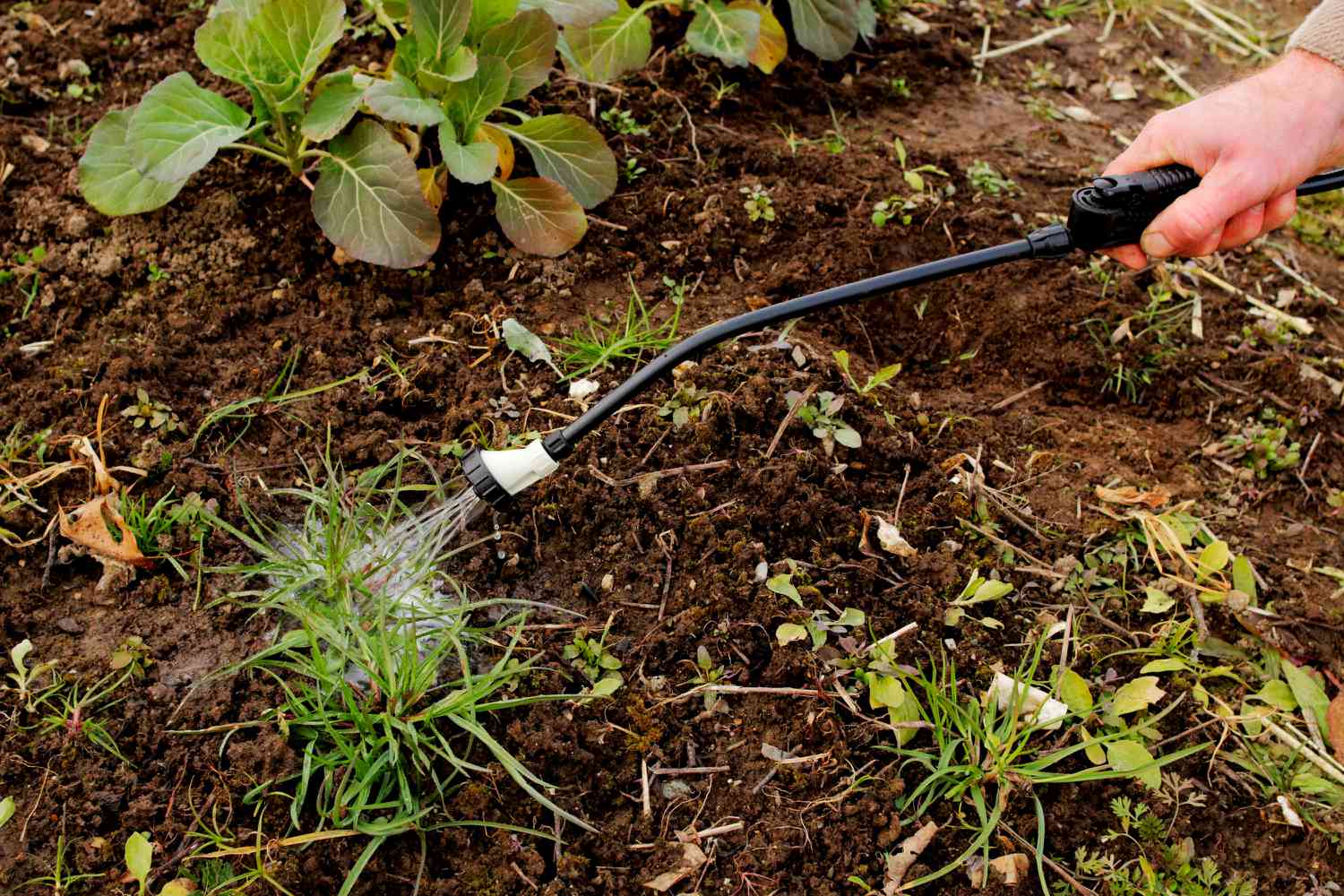
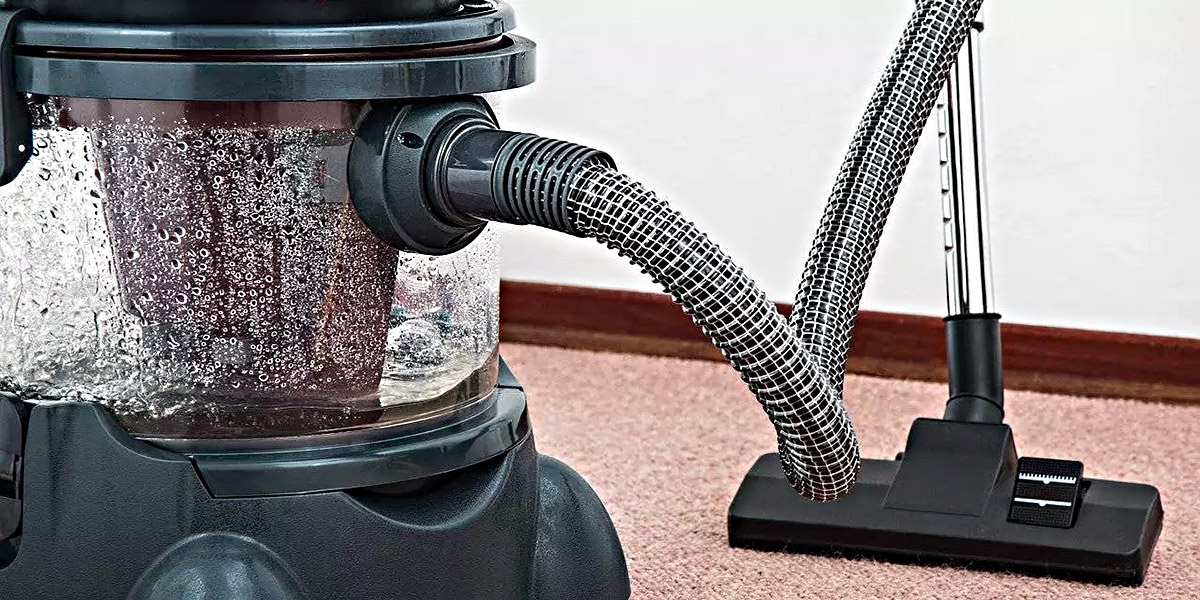
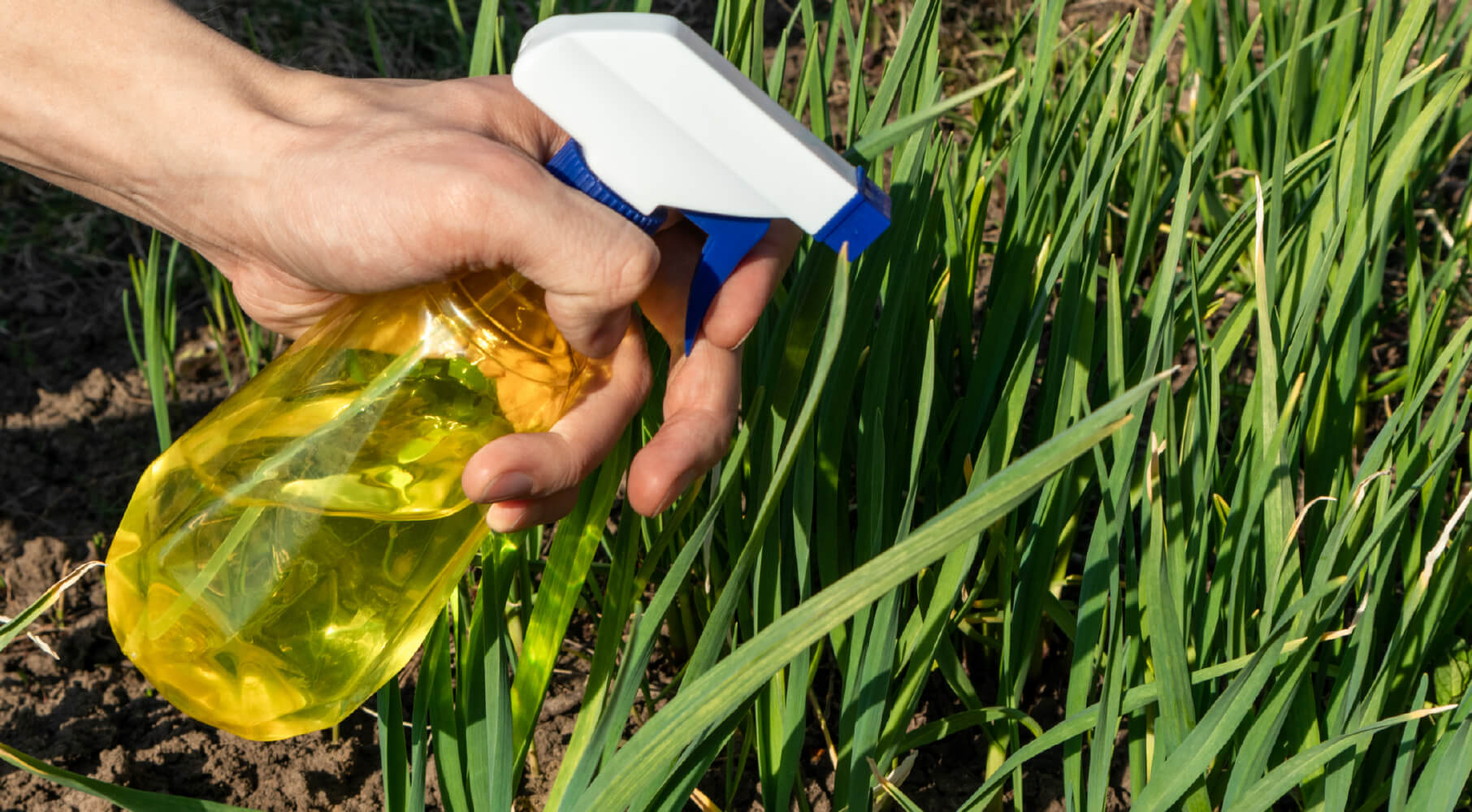
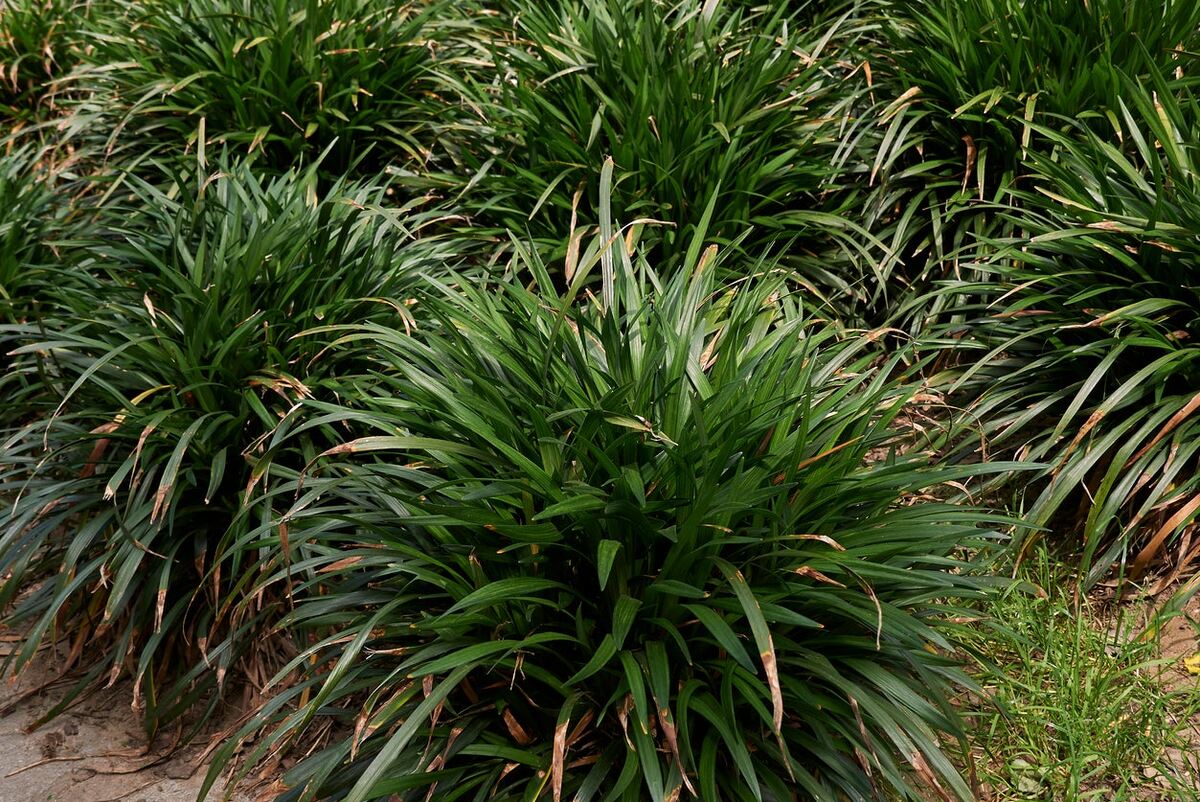
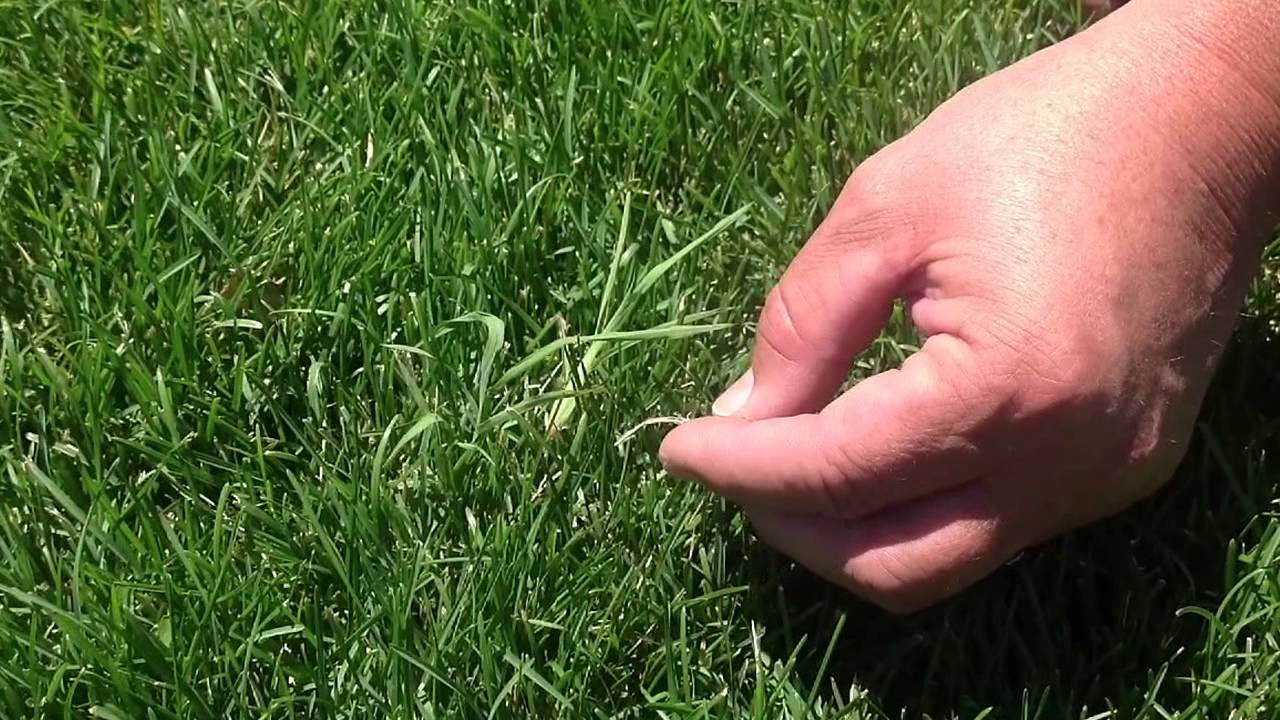
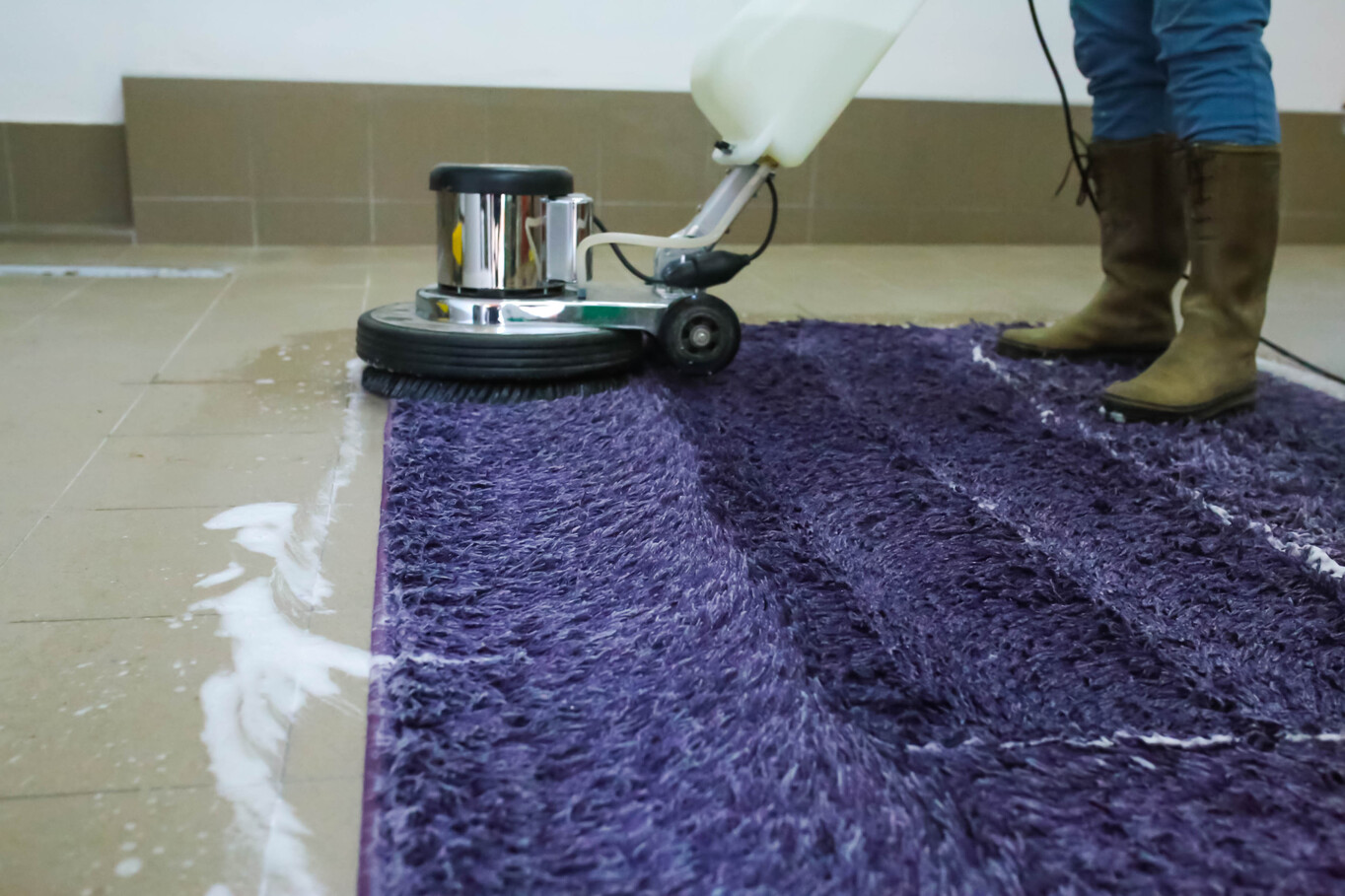

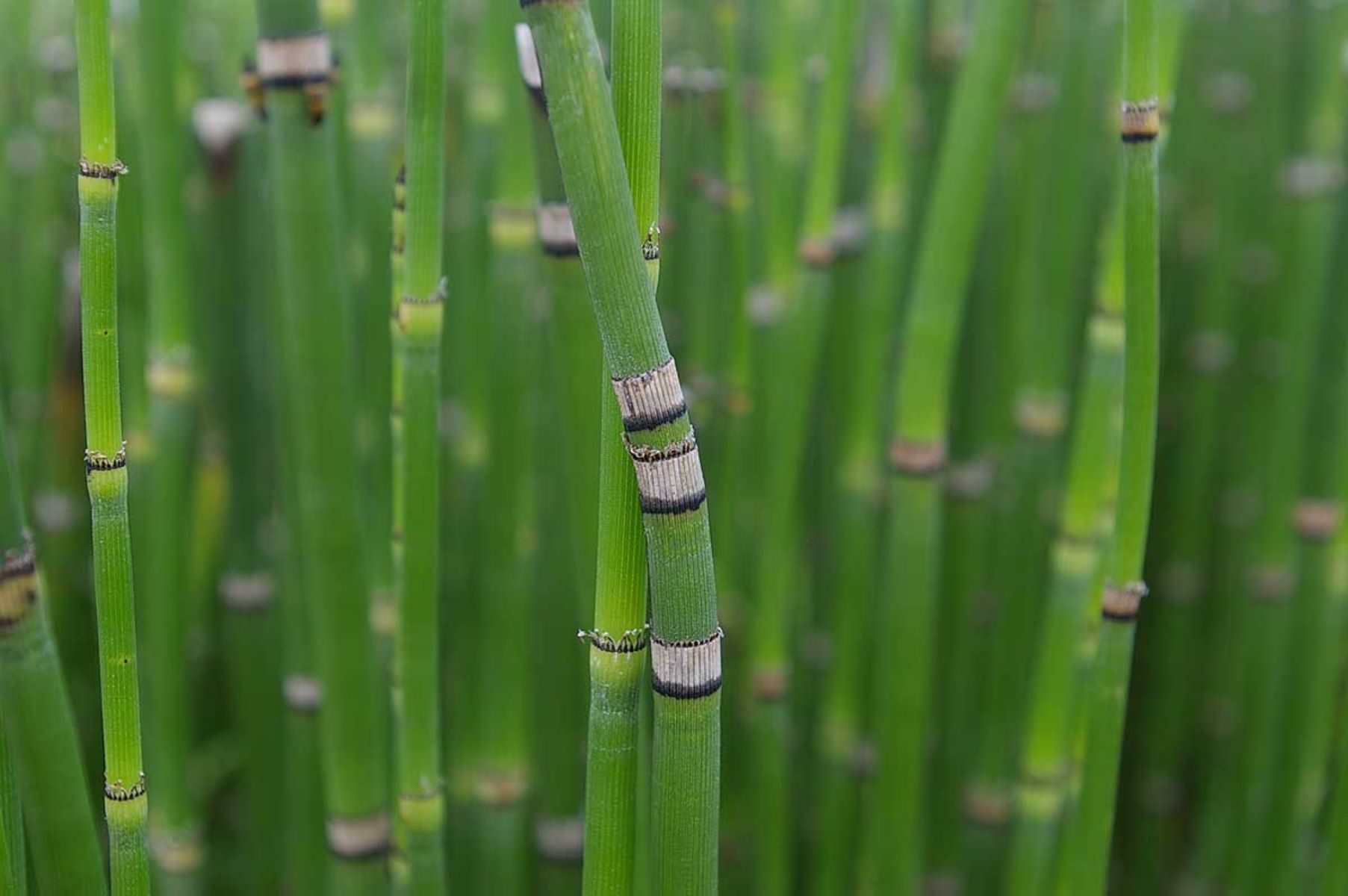
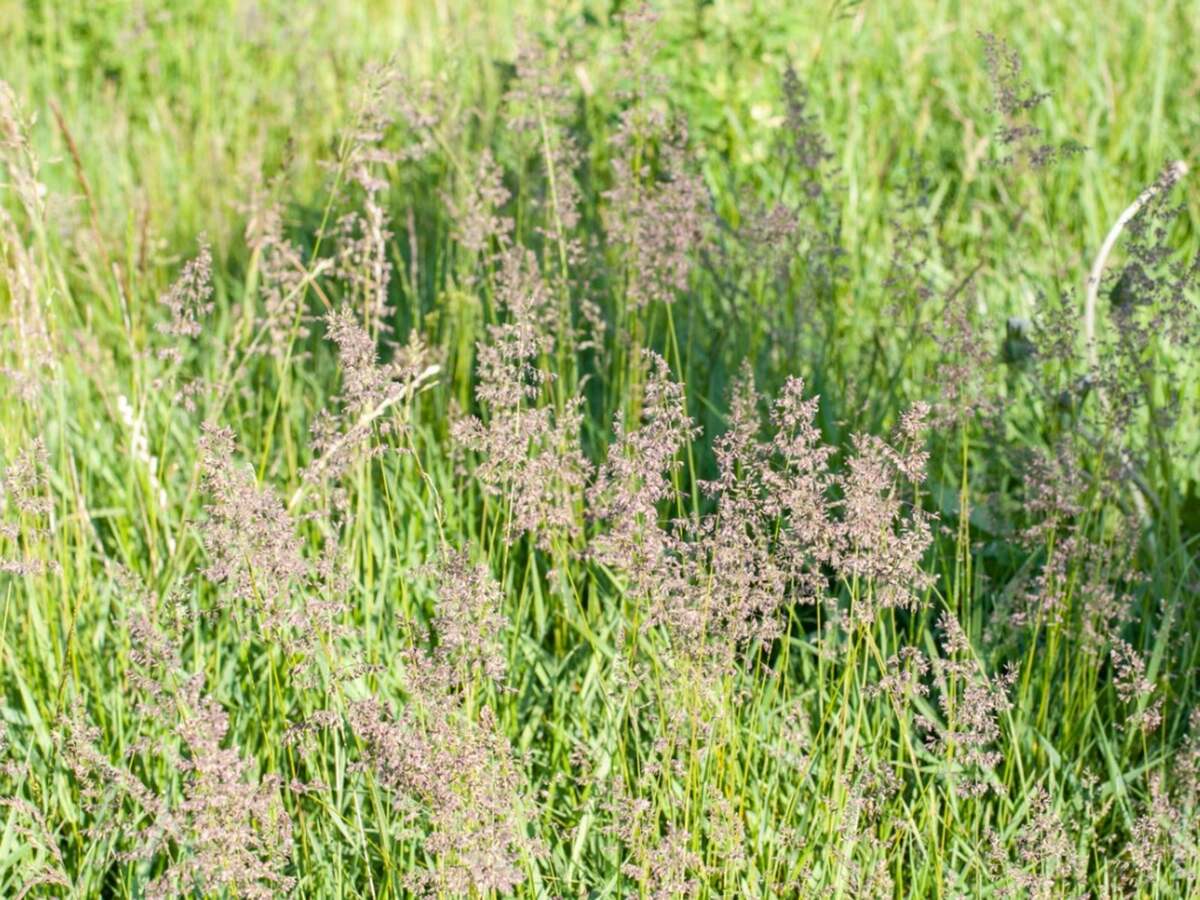
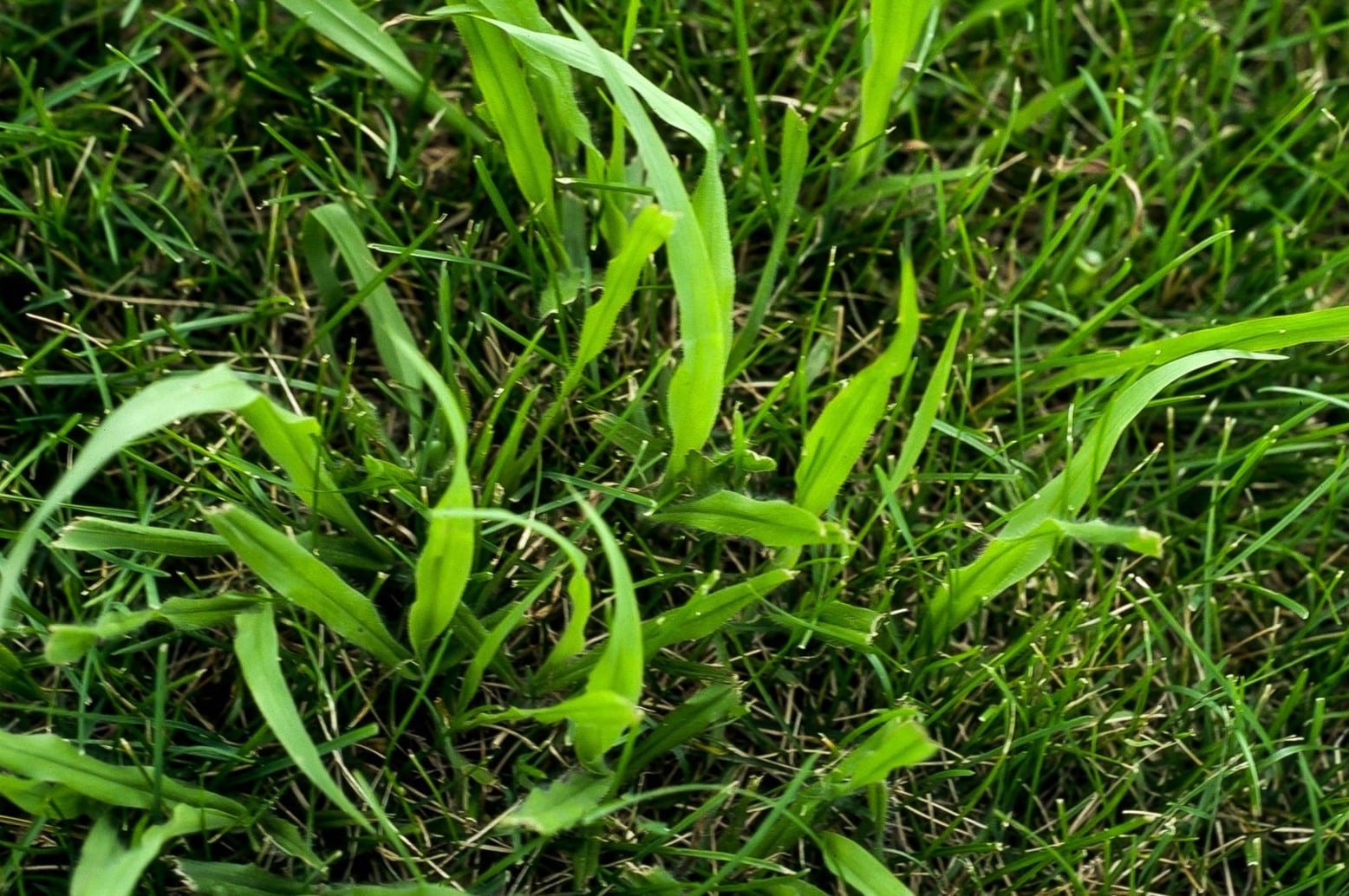
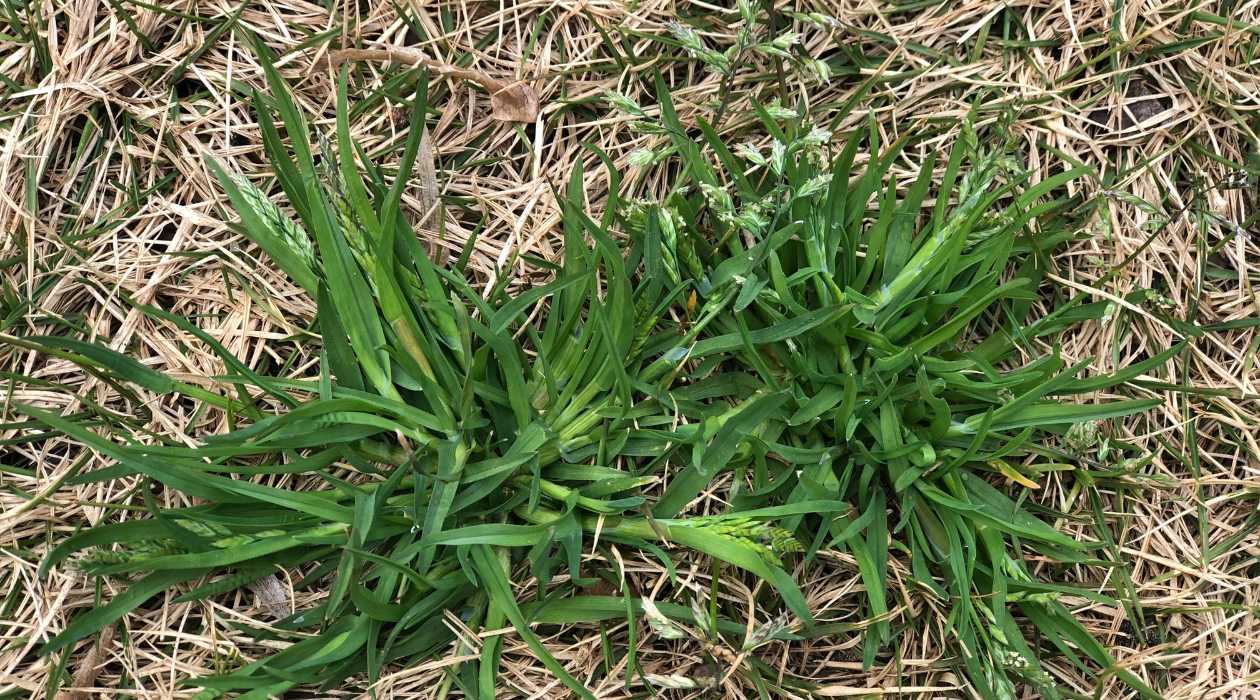
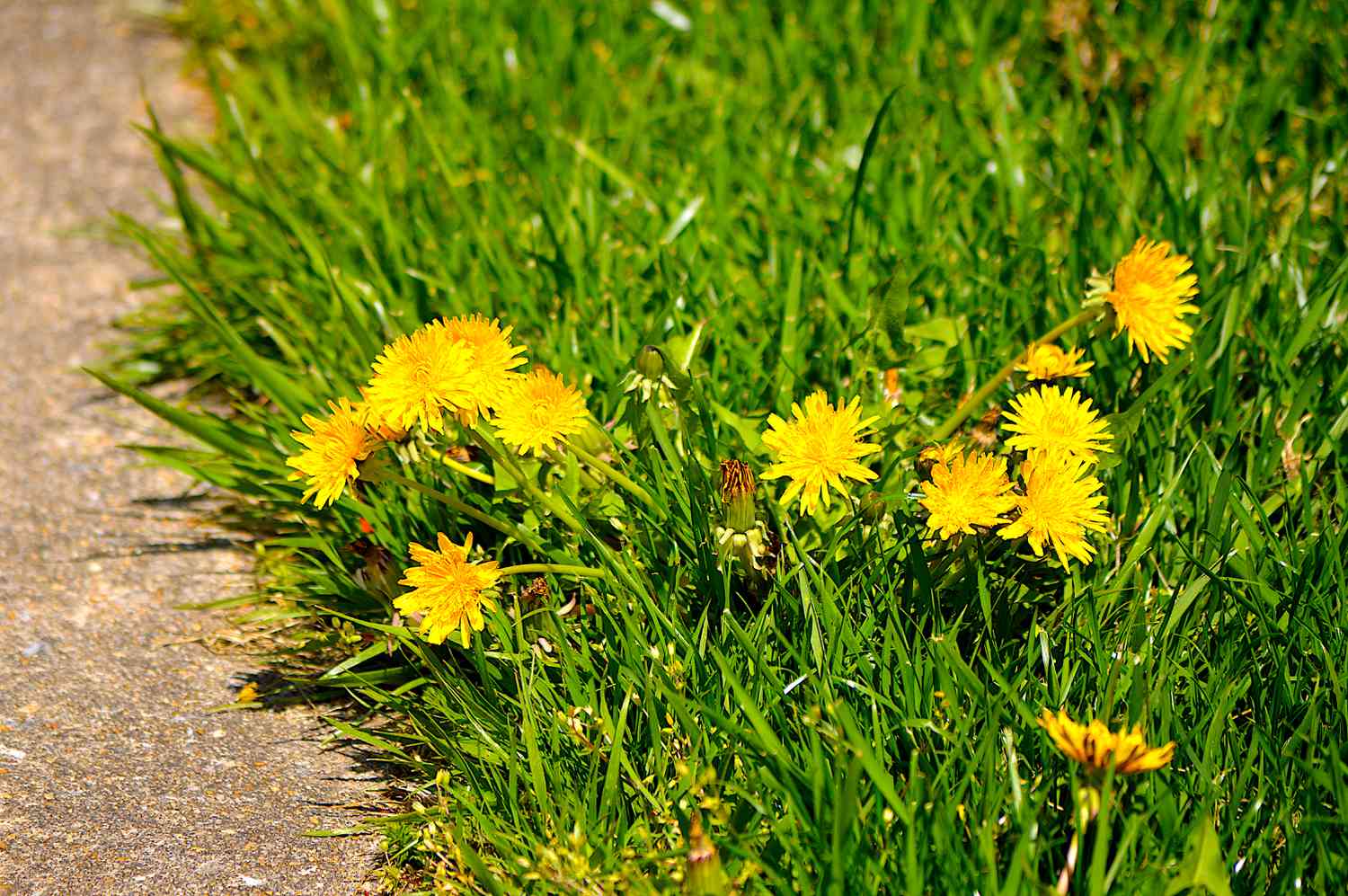
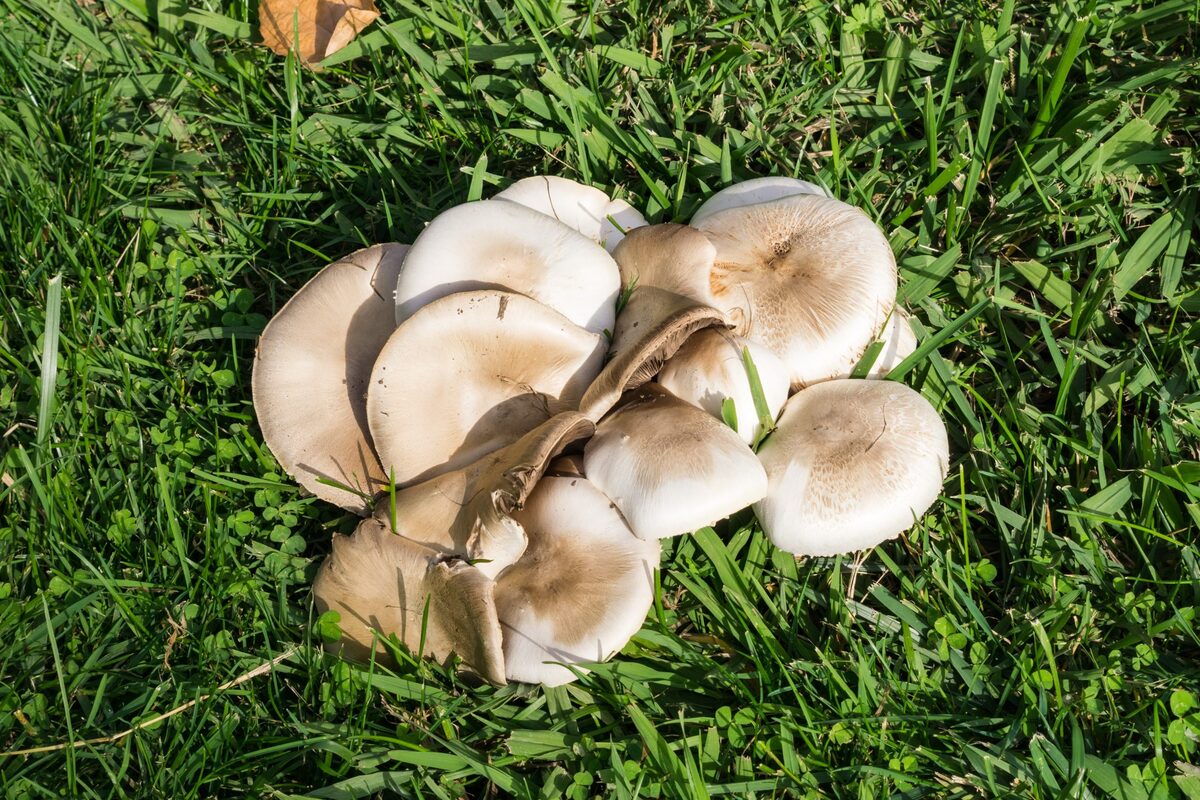
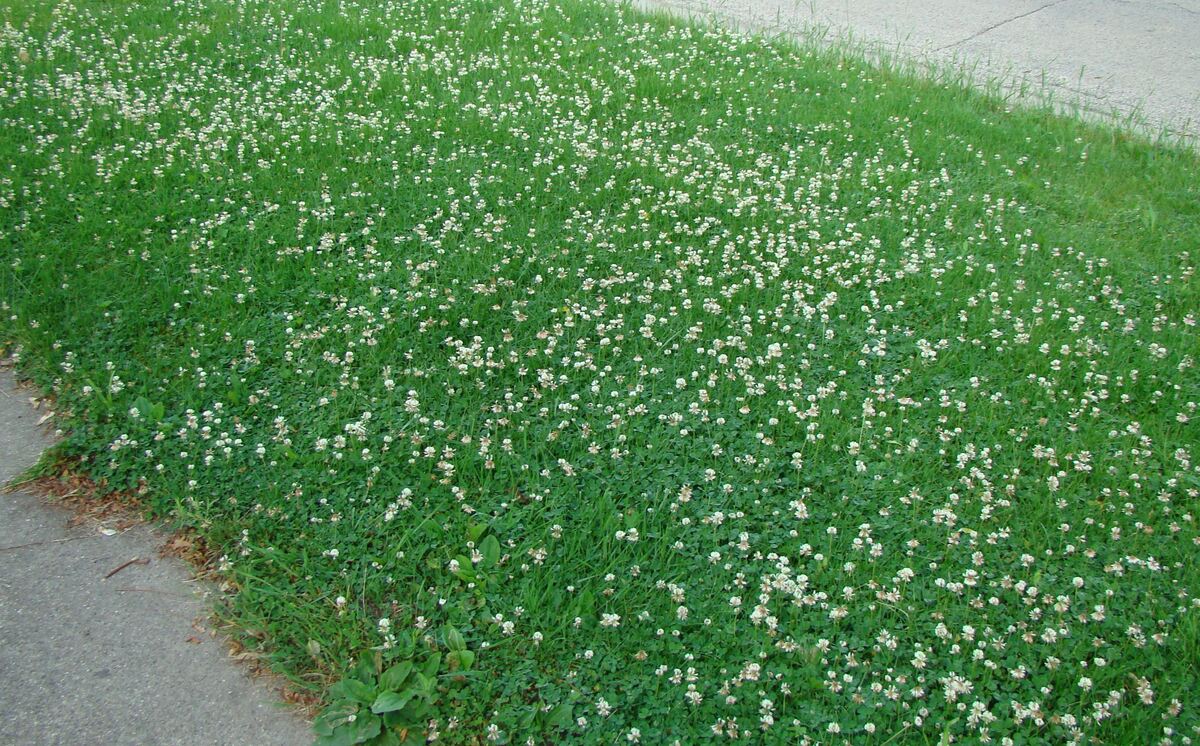

0 thoughts on “How To Kill Carpet Grass”